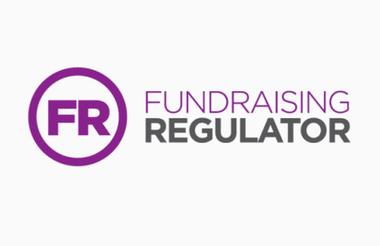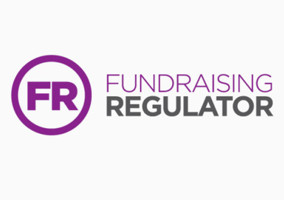The majority of donors would be more confident supporting a charity displaying the Fundraising Regulator’s badge, research suggests.
The regulator's accounts for the year ended 31 August 2023, published today, show that it conducted research into the public’s perception of the badge.
It found 73% of donors would be more confident supporting a charity displaying the badge, and 61% are more likely to think positively of a charity showing it.
Moreover, 51% were more likely to support a charity they had never heard of if it was displaying the badge and 28% had checked if a charity was registered with the Fundraising Regulator before making a donation.
The regulator will be introducing a new Code of Fundraising Practice in early 2025, following a two-year review.
Fundraising Regulator income
As of 31 August 2023, the regulator had 28 employees, of which six worked part-time. The highest paid member of staff received between £100,001 and £110,000.
Its aim is to grow its proactive regulation function during 2023-24 and recruit more staff to support this.
Income for this period is £2.55m, which is comprised of income from the fundraising levy of £2.155m (84% of total income) and £355,000 from the registration of small charities and commercial organisations engaged in fundraising, along with £45,000 of interest.
The regulator collected 98% of the levy in this financial year from 1,983 charities. However, around 2% of those eligible to pay the levy (64 charities) refused to pay.
“It is disappointing that a small minority of charities do not recognise their collective responsibility to fund independent regulation of fundraising. It is also unfair to those charities who do pay,” the report reads.
It exceeded its target of 6,000 registered bodies this year. Total registrations of 6,056 by 31 August marks an increase of 7% on the previous year.
“This year, we once again found that smaller charities are increasingly recognising the value of voluntary regulation, as we saw a significant increase in their registrations: up 11% or 392 charities,” the report adds.
The regulator's planned budget for the year of £2.6m was underspent by £125,000 (5%).
It incurred expenses of £2.47m throughout the year and achieved a surplus of £61,000, which has been taken to reserves.
Reserves have slightly improved at just under £2.0m (£1.9m 2022). Operating reserves will be maintained at around £1.6m.
In the 2023-24 financial year, the regulator is planning to operate a deficit budget and will commit reserves to fund this deficit of around £400,000.
“This was a result of planned project work not advancing as quickly as planned following the turnover of key staff,” the accounts read.
Accounts data
In 2022-23, the fundraising regulator received 1,137 incoming cases overall – an 8% increase on 2021-22.
Its complaints caseload has continued to increase, and this year marked greater use of the self-reporting pathway by charities, with 20 organisations submitting self-reports. Eight of these were received in the last quarter of the year.
In 2022-23, 509 of the 1,137 complaints cases were closed as they were outside the regulator's remit. This is 45% overall, which is similar to previous years.
The regulator also operates the fundraising preference service (FPS) which “is one of the key services we operate to protect the public, especially those who may be in vulnerable circumstances”.
In 2022-23, 2,715 requests were made by 2,035 unique users, resulting in a total of 6,851 suppressions.
Charities need to set themselves up on the FPS charity portal if they receive a request through the service to stop direct marketing communications.
By 31 August 2023, 227 charities were notified that they needed to get set up on the portal for the first time to access a suppression, and 956 charities had at least one suppression.
This represents an increase of 30% and 8% respectively compared to 2021-22, where 414 charities were notified for the first time and 752 had at least one suppression.
The regulator publishes a list of charities that have persistently failed to access their suppressions on its website every month.
This year, it began contacting charities that had collected suppressions in the past but had failed to collect them more recently. This investigation identified 475 charities that were at risk of being in breach of the code.
The report states: “Over the year, by working to actively re-engage these charities, we have been able to reduce this non-compliance by 75%.”
In 2022-23, it opened 13 new investigations, closed five investigations and published six investigation summaries.
Vulnerability was “a key theme threaded into many of the complaints received” so the regulator is encouraging charities to develop policies to guide how fundraisers interact with people in vulnerable circumstances and keep up-to-date records about donors who may be vulnerable.
Related Articles












